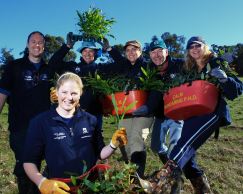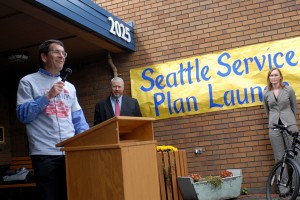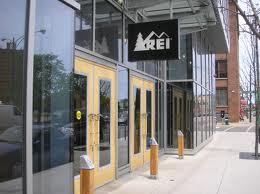More Employers Allow Paid Volunteer Time Off
Wednesday, June 26th, 2013 The Society for Human Resource Management (SHRM) reports that more companies are offering paid time off for volunteering as an employee benefit. Over the past few years, the number has increased to 20% among the companies participating in a SHRM survey.
The Society for Human Resource Management (SHRM) reports that more companies are offering paid time off for volunteering as an employee benefit. Over the past few years, the number has increased to 20% among the companies participating in a SHRM survey.
U.S. Bank is among them. Its employees are compensated for up to 16 hours of volunteer time per year each, depending on their length of service with the company. Some go to food banks to serve breakfast. Others help with children’s services organizations. They say they appreciate their employer’s policy, because without getting paid time off, they wouldn’t have time to volunteer.
Studies show that when employers support employees in their volunteer work, the employees feel better about their jobs. In this time of increasing on-the-job dissatisfaction, it can really give productivity a boost. Volunteering can augment whatever low sense of accomplishment employees may feel on the job.
For companies, offering paid time off for volunteering is a smart move. Not only do they benefit from happier employees, but they typically have lower turnover rates – which saves them money. And in many cases, when companies that are unable or unwilling to give pay raises give paid time off for volunteering, their employees are just as happy.
So, if you want to get more volunteers who are happy to help, try pitching your local employers to pay their employees to work for you. The employer and employees will benefit as much as your organization. It’s truly a win-win-win situation!


















